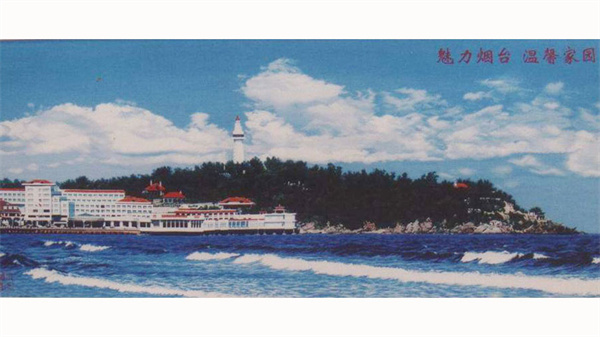Yantai Velvet Embroidery
In 1886, Yantai embroidery master Dong Tai created the first velvet embroidery piece, The Queen’s Parade, using the square dot stitch technique from the "filled base and pulled stitch" method. He worked with mesh fabric imported from Western Europe and velvet thread sourced from the region. In 1918, the "Ren De Trading Company" in Yantai began mass-producing velvet embroidery handicrafts in the Jiaodong region. Over time, the clever and skilled women of Jiaodong innovated upon traditional techniques, such as pulled thread, woven thread, and drawn thread. They developed velvet embroidery into a craft incorporating more than a dozen stitching techniques, including straight stitch, slanted stitch, picking stitch, and cross stitch.

Yantai velvet embroidery is celebrated for its vibrant colors, rich layers, and strong three-dimensionality. With its delicate techniques and ancient, dignified aesthetic, it merges the realism of Western oil painting with the grandeur and symbolic spirit of Chinese calligraphy and painting. Among its works, high-end portraits, large murals, and depictions of landscapes, flowers, birds, and animals are especially famous for their outstanding artistic effects and vivid realism. Yantai velvet embroidery has earned global recognition, and the craft was designated as a key production center for "portrait embroidery" by the Ministry of Light Industry. It has also received two commendations from the State Council.
Compared to Shanghai’s national ICH (Intangible Cultural Heritage) velvet embroidery, Yantai velvet embroidery is known for its more intricate and vivid stitching, greater diversity of techniques, broader regional influence, and larger impact. In comparison to the Four Great Chinese Embroideries, Yantai velvet embroidery stands out for its exceptional artistic effects and its creation of large-scale mural works of extraordinary size.

